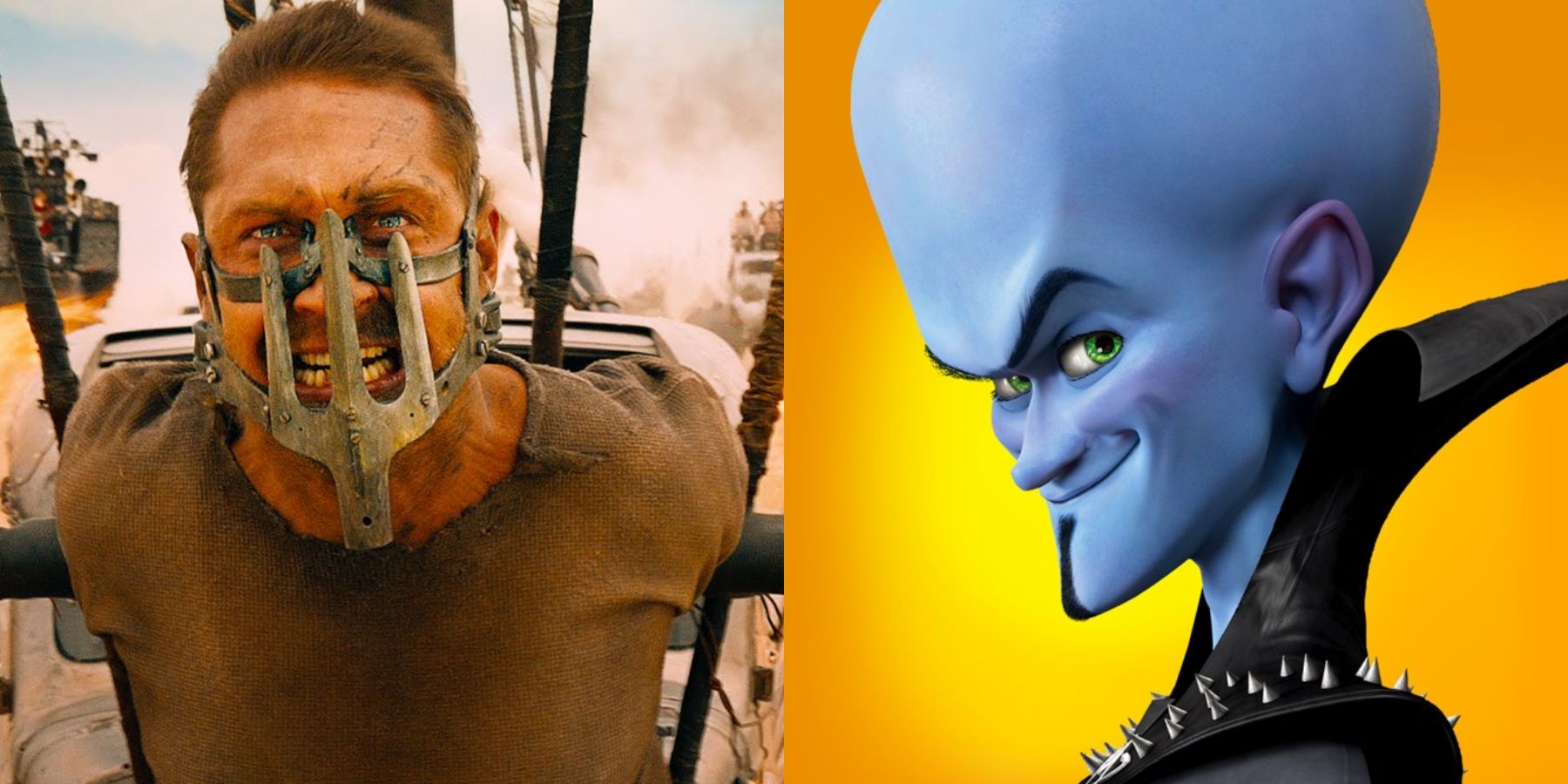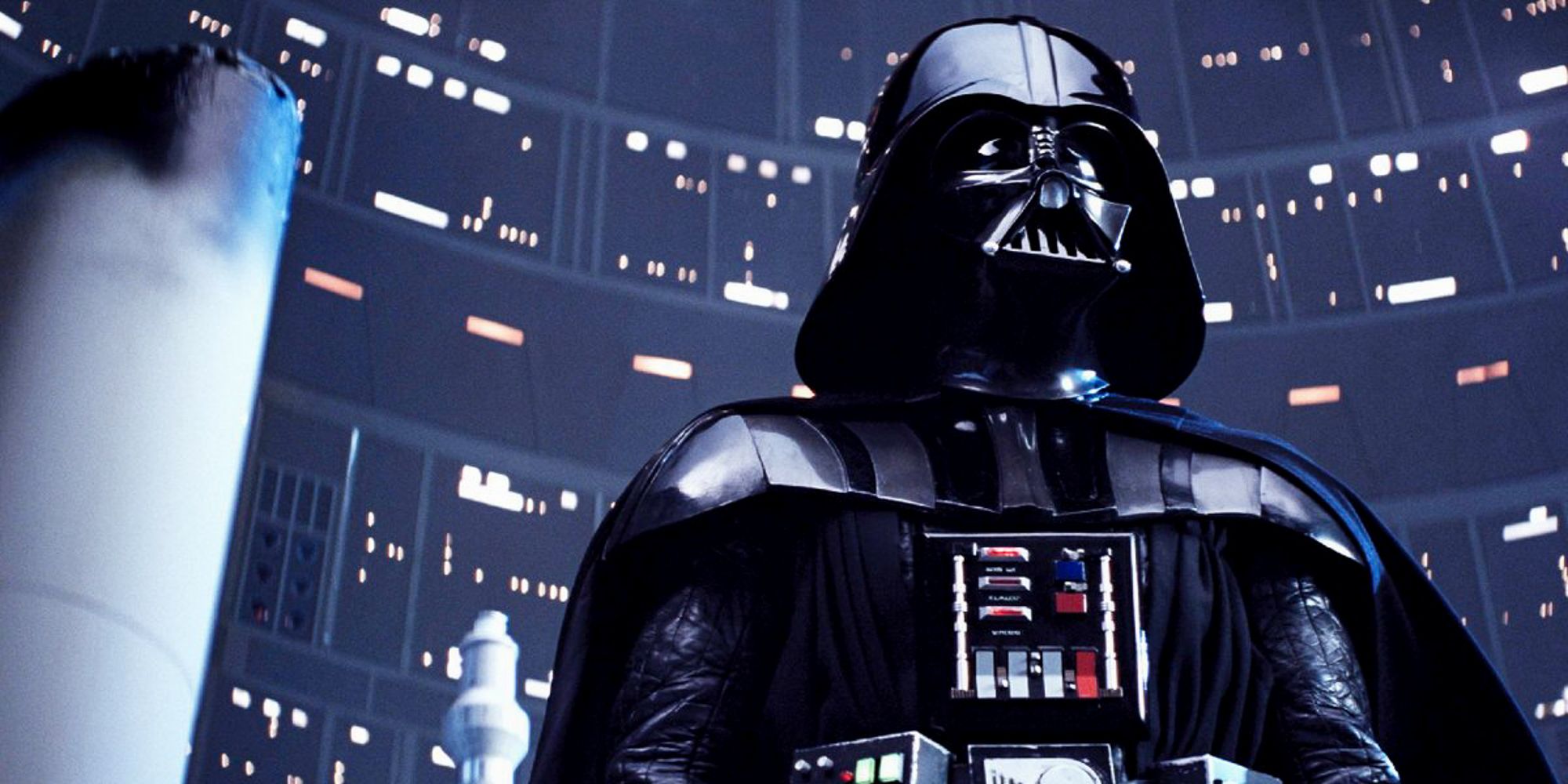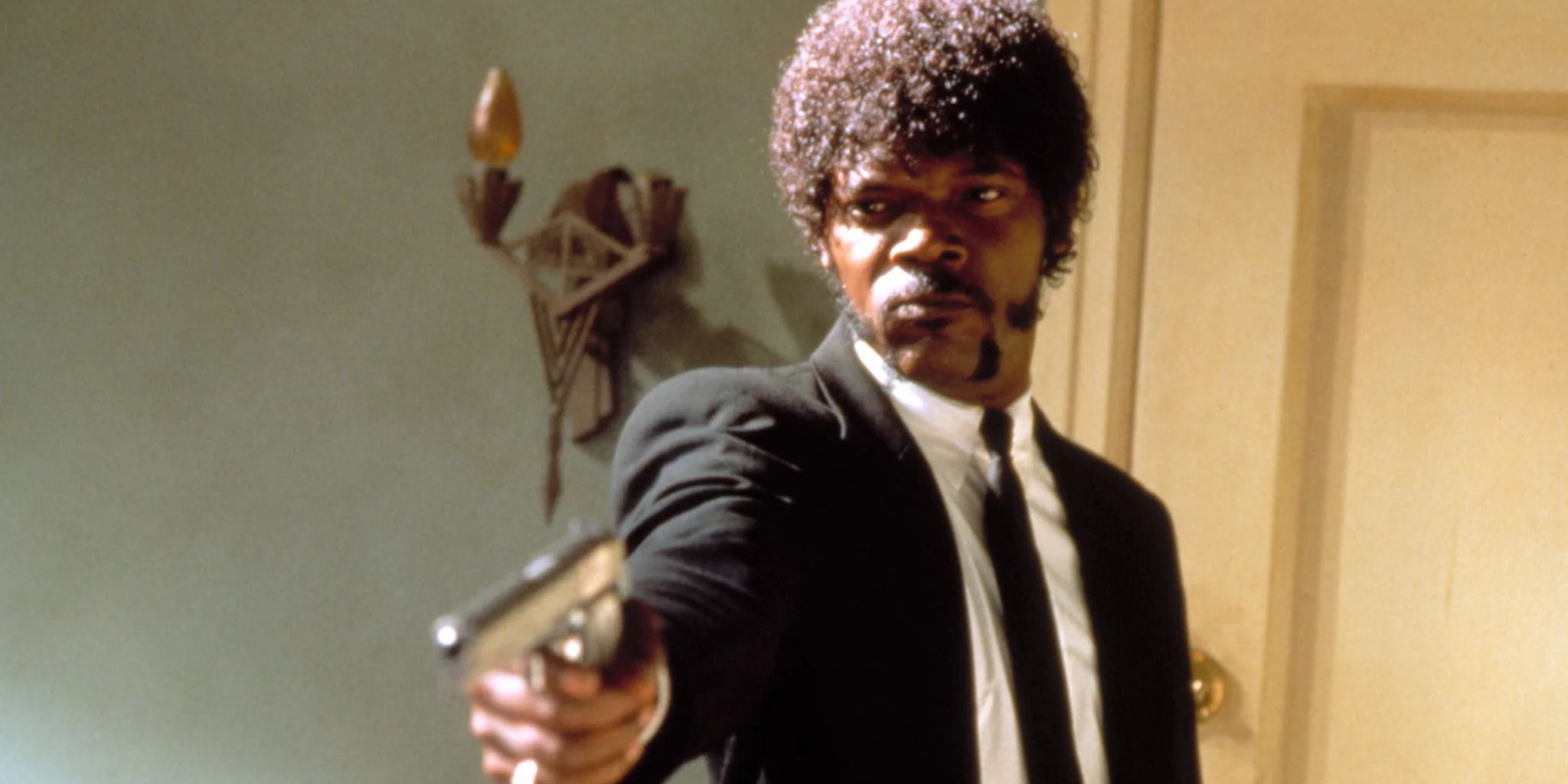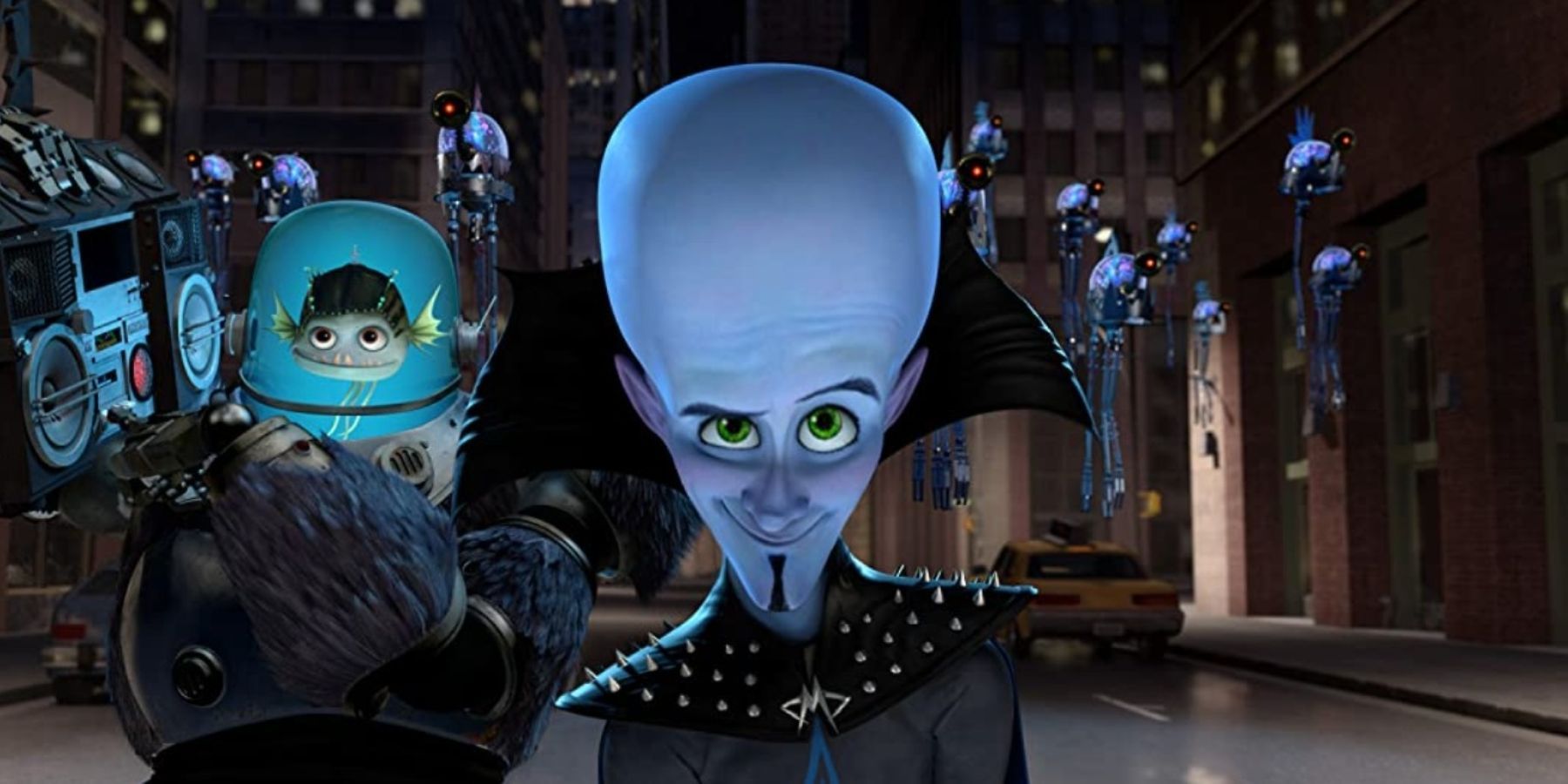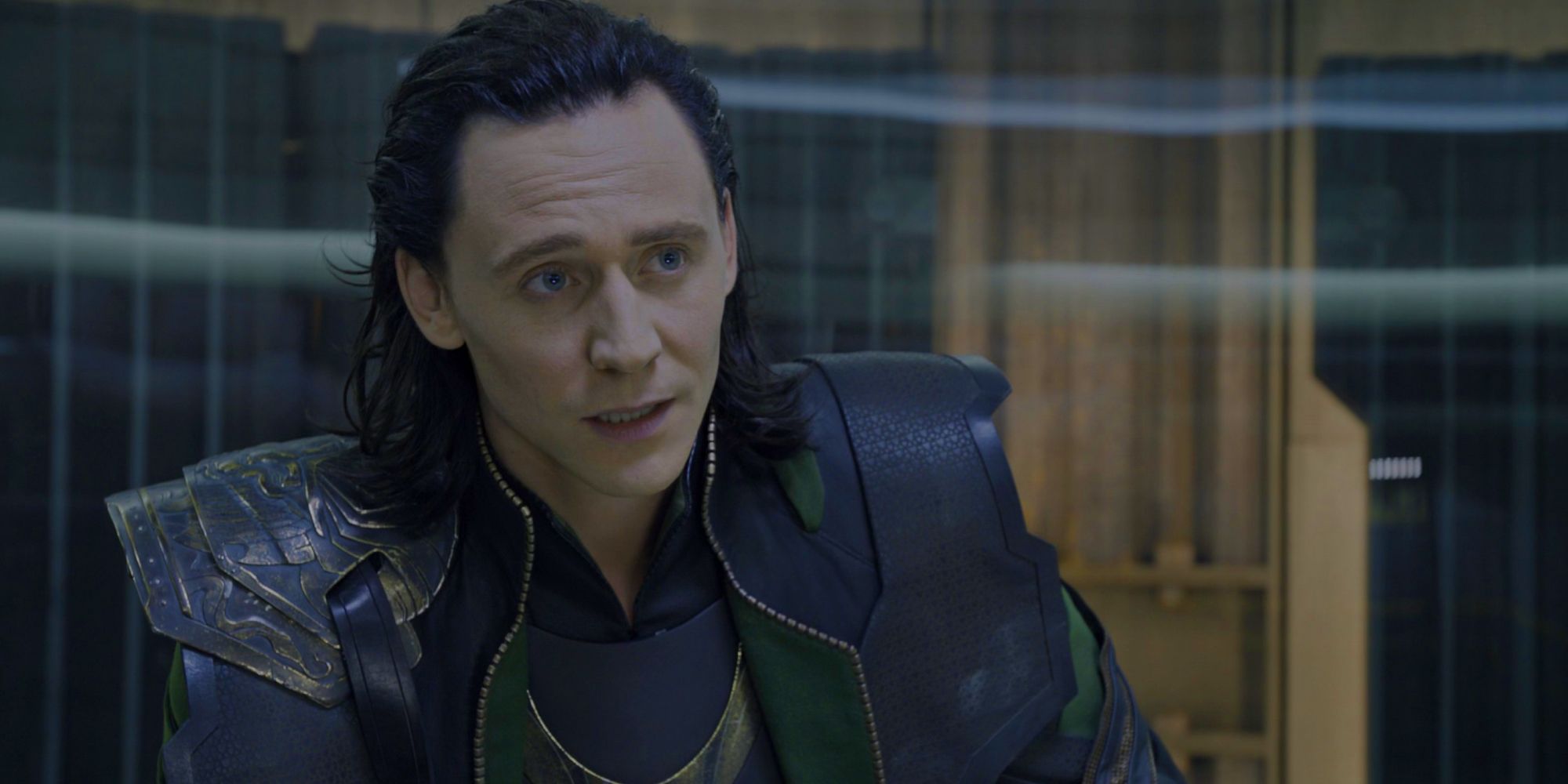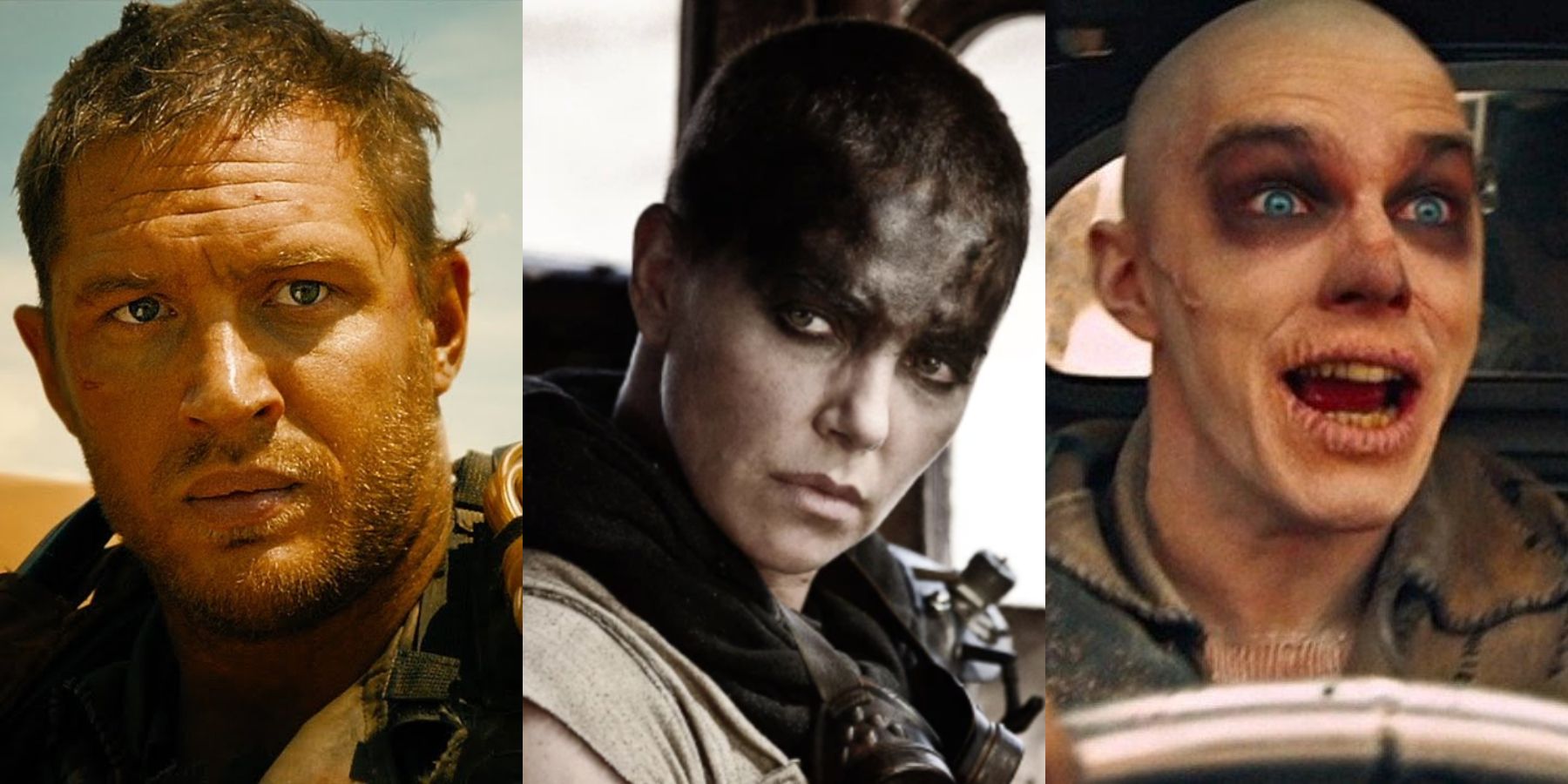Compelling character development is often one of the hallmarks of good storytelling — there are few things more satisfying than watching a character change and grow in interesting, believable ways over the course of a story. And one of the most beloved kinds of character development is the redemption arc.
Everyone loves a good villain, but some of the best bad guys are the ones who end up turning good. When they’re done well, redemption arcs can be some of the most gripping, emotionally impactful aspects of a given story. Here are just a handful of classic big screen redemption arcs that have resonated with audiences everywhere.
Darth Vader (Star Wars)
It’s almost a cliché to open with Darth Vader when discussing iconic movie redemption arcs. However, sometimes the most obvious example is obvious for a good reason. Darth Vader was introduced in 1977 as the baddest bad guy of them all — a terrifying and tyrannical Dark Lord who is said to be the killer of our hero Luke’s father, Anakin Skywalker. Throughout the original Star Wars and the bulk of its sequel, Vader doesn’t get portrayed with much more nuance than that. He’s not sympathetic or multifaceted, just pure evil. And then, the ending of The Empire Strikes Back turns the whole story upside down.
In what’s quite possibly the most famous plot twist in movie history, Vader reveals to Luke that he didn’t kill Anakin Skywaker — he is Anakin, transformed into a monster by the Emperor’s manipulations. While Luke is initially horrified by this revelation, Return of the Jedi sees him attempt to bring his father back to the Light Side. And while Vader initially remains loyal to the Emperor, he ends up choosing his family over his master, saving Luke from Palpatine at the cost of his own life.
What follows is a heartbreaking farewell between father and son, as Anakin Skywalker finally sheds the mask of Darth Vader for a brief moment before he becomes one with the Force. Not only is it the perfect conclusion to Anakin’s story arc, it also caps off Luke’s development, proving that he was right to have faith in his father. It’s a textbook example of a beloved redemption arc, and it only hits harder after witnessing the start of Anakin’s story in the Prequel Trilogy and The Clone Wars.
Jules Winnfield (Pulp Fiction)
Between his protagonist status and his likable personality, Jules Winnfield — Samuel L. Jackson’s infinitely quotable character from Quentin Tarantino’s Pulp Fiction — isn’t typically thought of as a villain. But despite his penchant for quoting the Bible, he’s no saint either. Jules is a hitman in the employ of crime lord Marsellus Wallace, who initially shows no remorse for killing his targets. But after a near-death experience, Jules becomes convinced that his survival was an act of divine intervention, a sign from God that he’s meant for something better. While we ultimately never see the results of Jules’ decision to end his life of crime, the diner scene in which he reveals his change of heart is nevertheless one of the most famous scenes in the movie.
Megamind (Megamind)
The titular character of the 2010 DreamWorks film Megamind is likewise not a typical villain. Despite his over-the-top commitment to the archetypical supervillain aesthetic, Megamind (voiced by Will Ferrell) is more of a mischievous troublemaker than a truly malevolent force. But even if he isn’t dangerous per se, he still begins the story as a purely self-interested character, concerned only with proving his superiority to his nemesis Metroman. But once his own mistakes create an even greater threat, Megamind is forced to confront his own selfishness and take up the role of hero. Megamind is a clever, comedic, and charming story of one villain learning to change for the better — if you haven’t seen this animated classic yet, it’s well worth a watch.
Loki (The Marvel Cinematic Universe)
Speaking of superhero movies, the MCU has no shortage of evildoers who see the error of their ways. There are plenty of other characters who could have easily ended up on this list, from Yondu to Wenwu to just about any villain from Spider-Man: No Way Home. But the most prominent redemption arc in the MCU is without a doubt that of Loki, Asgardian trickster and brother of Thor. Loki is introduced as a scheming, power-hungry villain, willing to destroy entire worlds if it means proving himself as a worthy heir to Odin.
However, after his defeat in The Avengers, Loki goes from Thor’s nemesis to his uneasy ally, teaming up with him in The Dark World and Ragnarok before eventually sacrificing himself to save his brother from Thanos in Avengers: Infinity War. But though that was the end of Earth-616’s Loki, a little time travel mishap in Endgame led to a multiversal variant of the trickster going on his own journey of redemption in the Loki TV series. And while that Loki’s story is still ongoing, it’s safe to say that this Asgardian’s days of villainy are long since over.
Max, Furiosa, and Nux (Mad Max: Fury Road)
It may be cheating to list three characters at once, but the 2015 action masterpiece Mad Max: Fury Road is a story all about redemption. The central theme of the post-apocalyptic film is the struggle to find hope in a hopeless world, and nowhere is this more evident than in its three main characters. Max, Furiosa, and Nux are all on their own journeys to make up for their past mistakes.
Max was once “a road warrior searching for a righteous cause”, but has since wasted away into a ruthless opportunist haunted by the memory of those he failed to save. Furiosa was forced to become a warrior for the despotic Immortan Joe, and now seeks to atone for her crimes by liberating Joe’s wives from captivity. Meanwhile, Nux begins the film as a loyal soldier of Joe, indoctrinated by a lifetime of propaganda and obsessed with dying a noble death in battle. All three heroes begin the film as broken, troubled people with dark pasts, but they end up having a positive impact on one another.
By the end of the story, Max opens up to his new companions and once again becomes a selfless protector of the innocent. Furiosa goes from Joe’s servant to his killer, and succeeds in liberating the people from his rule. Even Nux breaks free from the cruel ideology he was raised to follow, and finds a meaningful death not for the sake of glory, but to save his newfound friends. Despite its bleak and violent setting, Fury Road is ultimately a story about how compassion and togetherness can make people better, no matter how irredeemable they may seem.

